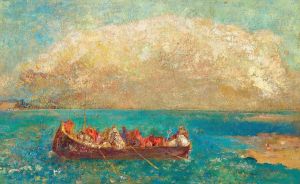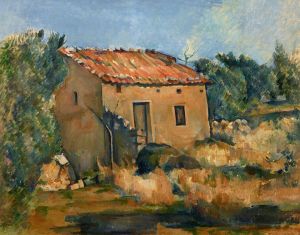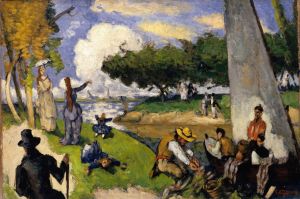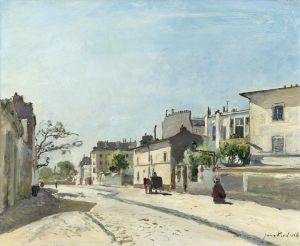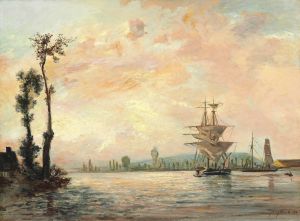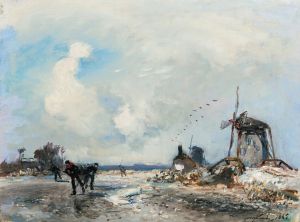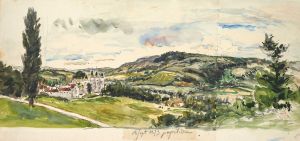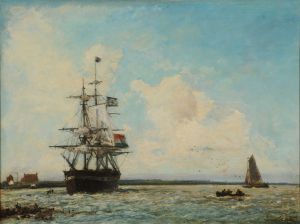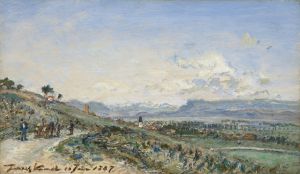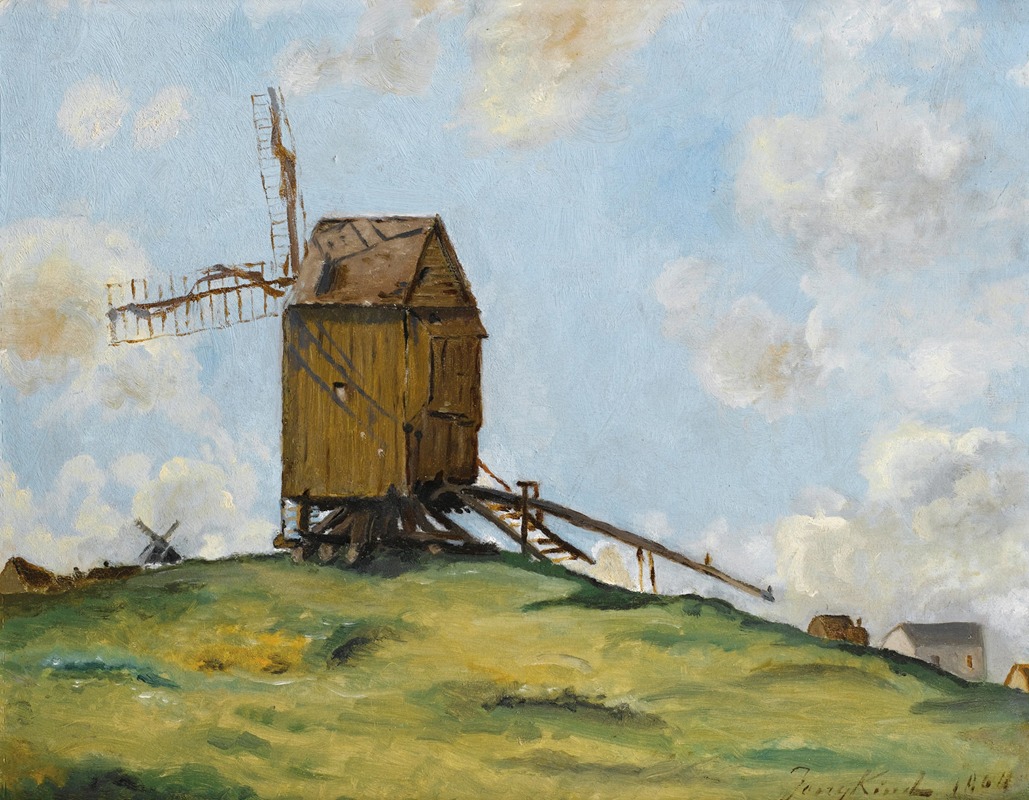
Paysage aux deux moulins
A hand-painted replica of Johan Barthold Jongkind’s masterpiece Paysage aux deux moulins, meticulously crafted by professional artists to capture the true essence of the original. Each piece is created with museum-quality canvas and rare mineral pigments, carefully painted by experienced artists with delicate brushstrokes and rich, layered colors to perfectly recreate the texture of the original artwork. Unlike machine-printed reproductions, this hand-painted version brings the painting to life, infused with the artist’s emotions and skill in every stroke. Whether for personal collection or home decoration, it instantly elevates the artistic atmosphere of any space.
Johan Barthold Jongkind was a Dutch painter known for his significant contributions to the development of Impressionism. Born on June 3, 1819, in the Netherlands, Jongkind spent much of his career in France, where he became an influential figure among the Impressionist painters. His works are celebrated for their innovative use of light and atmosphere, often depicting landscapes, seascapes, and urban scenes.
"Paysage aux deux moulins" is one of Jongkind's notable paintings, showcasing his mastery in capturing the essence of a landscape. The title translates to "Landscape with Two Windmills," which suggests the painting features a rural scene with windmills, a common motif in Dutch art. Jongkind's ability to portray the subtleties of natural light and his loose, expressive brushwork are evident in this piece, characteristics that would later influence the Impressionists.
Jongkind's technique involved painting en plein air, or outdoors, which allowed him to observe and capture the changing effects of light and weather directly from nature. This approach was somewhat revolutionary at the time and laid the groundwork for the Impressionist movement. His use of color and light in "Paysage aux deux moulins" exemplifies this method, as he skillfully renders the atmospheric conditions and the interplay of light and shadow.
Throughout his career, Jongkind maintained a close relationship with several key figures in the art world, including Eugène Boudin and Claude Monet. Monet, in particular, regarded Jongkind as a crucial mentor and credited him with teaching him to see and understand the nuances of light and color. Jongkind's influence on Monet and other Impressionists is well-documented, as they adopted and expanded upon his techniques to develop their distinctive styles.
"Paysage aux deux moulins" reflects Jongkind's deep appreciation for the natural world and his ability to convey its beauty through his art. The painting's composition, with its focus on the windmills and the surrounding landscape, highlights Jongkind's interest in capturing the harmony between human-made structures and nature. This theme is prevalent in many of his works, as he often depicted scenes where the built environment coexists with the natural landscape.
Jongkind's legacy as a precursor to Impressionism is firmly established, and his works continue to be studied and admired for their innovative approach to landscape painting. "Paysage aux deux moulins" is a testament to his skill and vision, embodying the qualities that made him a pivotal figure in the transition from traditional landscape painting to the more modern, impressionistic style.
In summary, Johan Barthold Jongkind's "Paysage aux deux moulins" is a significant work that exemplifies his pioneering techniques and his influence on the Impressionist movement. Through his adept use of light, color, and composition, Jongkind captured the essence of the landscape, leaving a lasting impact on the art world and inspiring future generations of artists.






